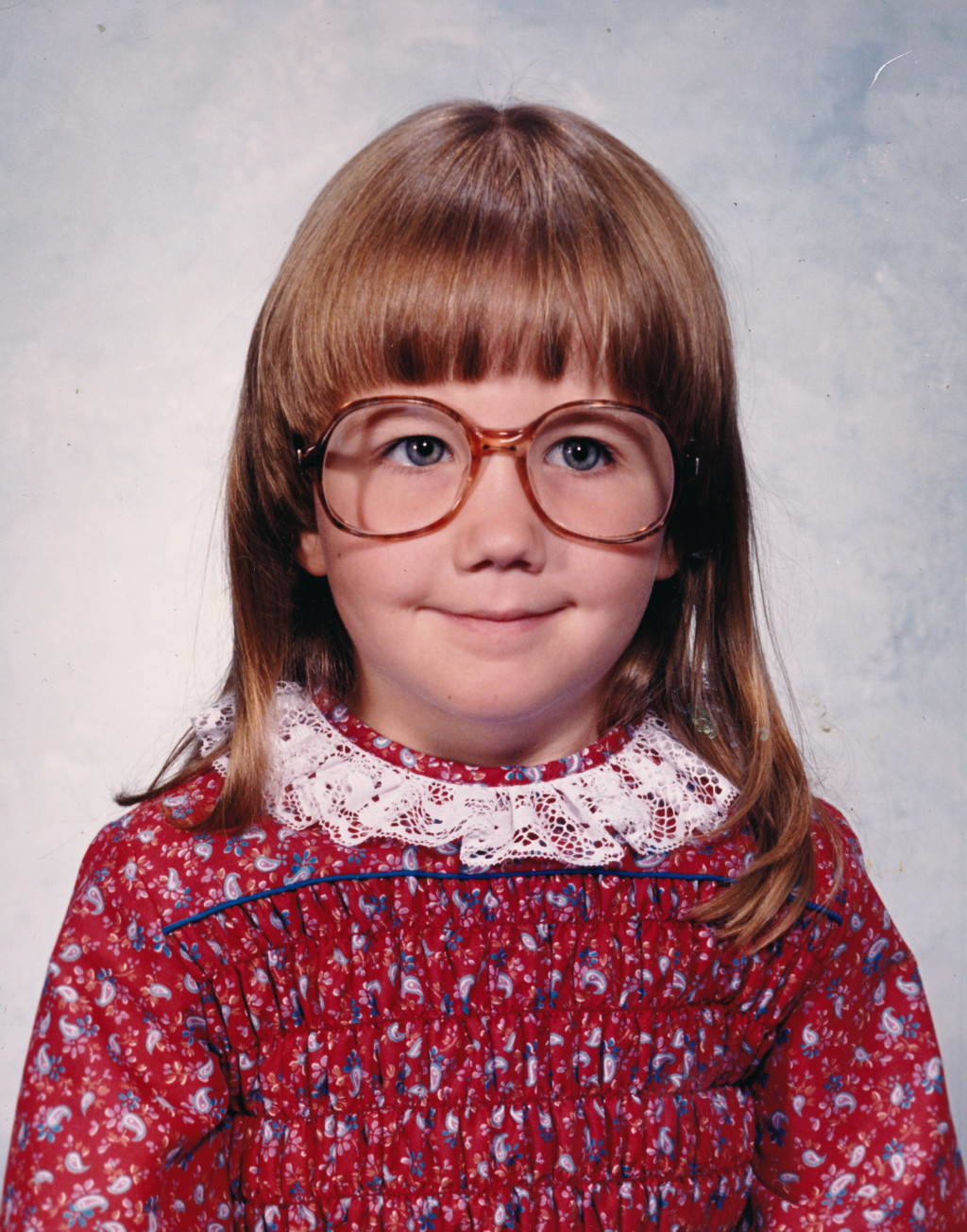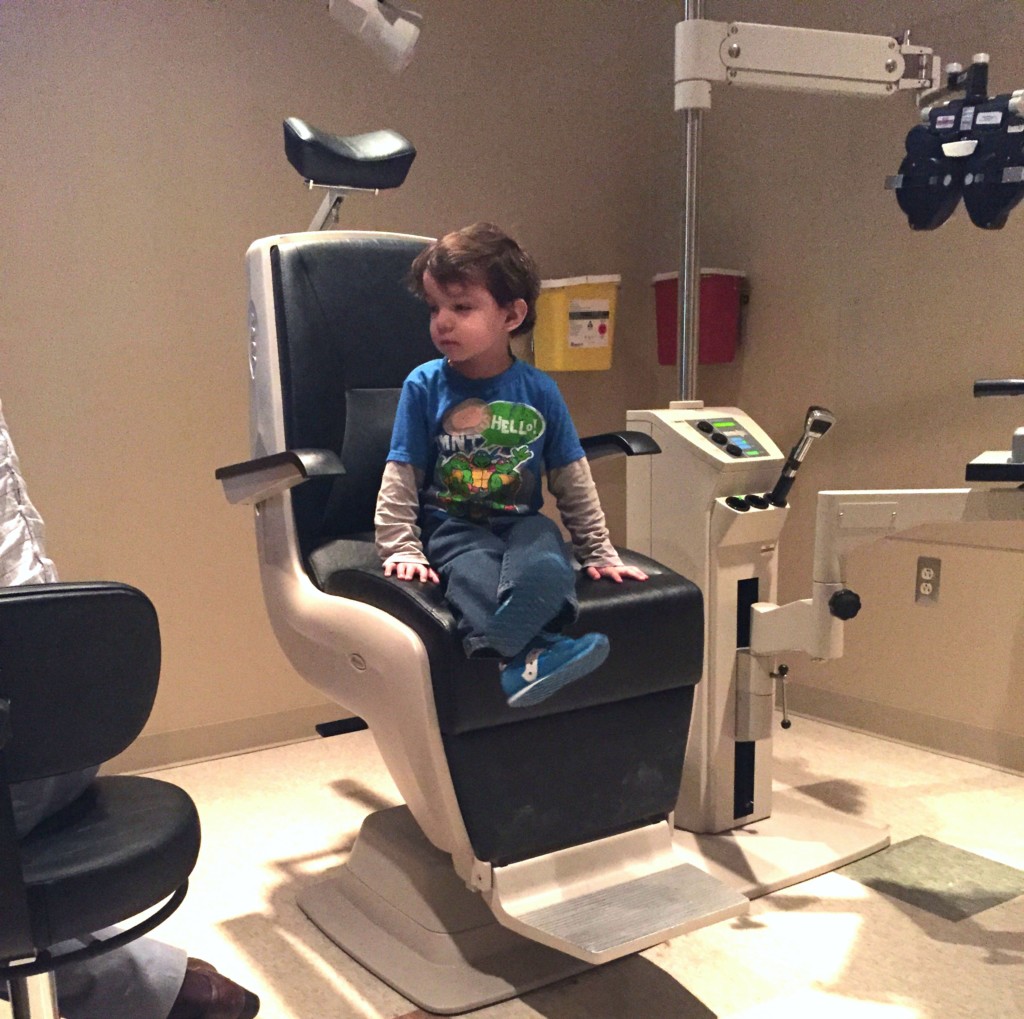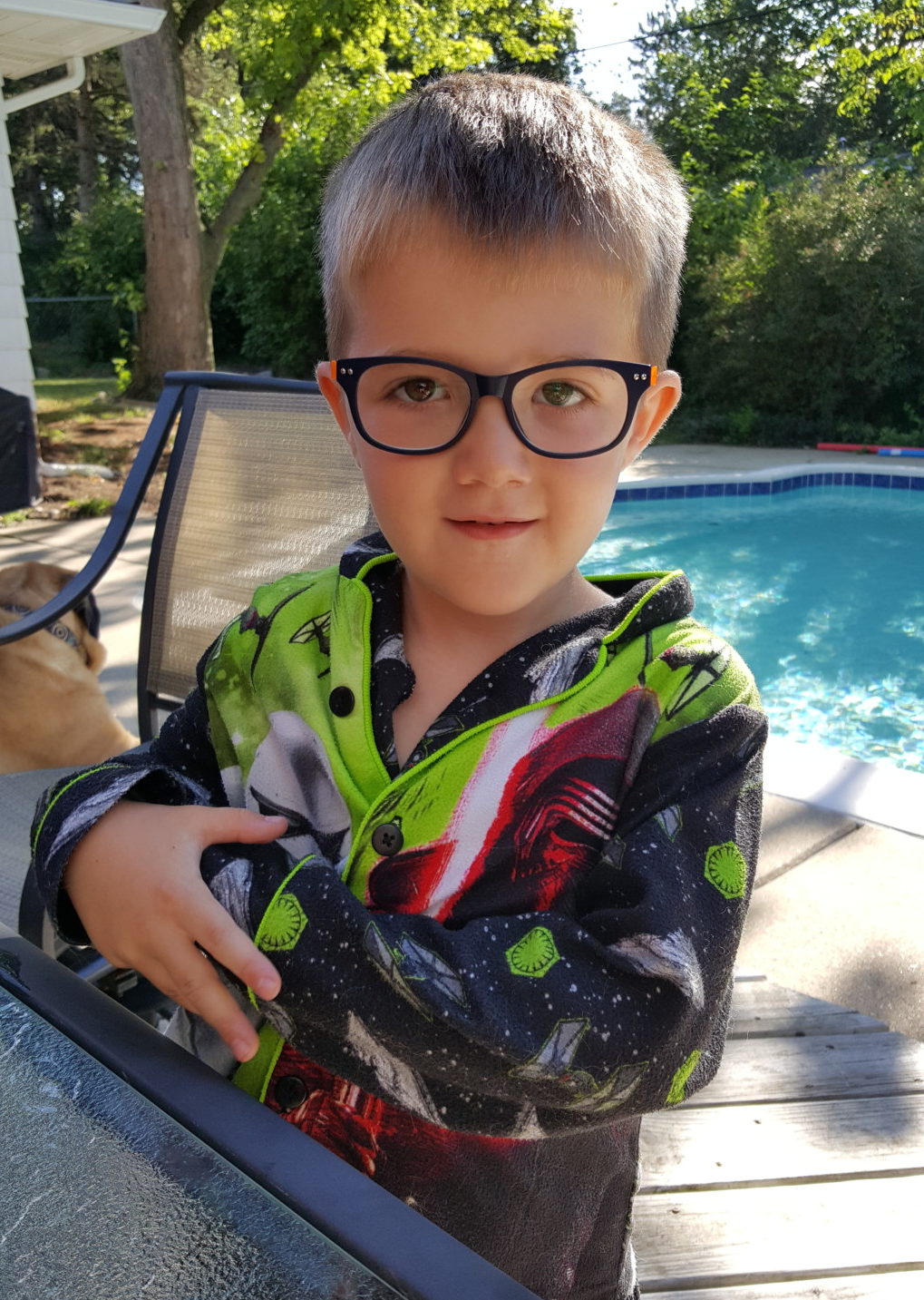Recently, my son failed his vision screening at the pediatrician’s office. It turns out, he needs glasses. My son is almost 5, and he apparently gets his peepers from his mama, because I got my first pair of glasses when I was right about the same age. Up until I had LASIK surgery about a month ago, I was so nearsighted that I was never even able to read the giant “E” on the doctor’s office eye chart.
We tried to keep the entire experience of an eye exam and getting glasses a fun and positive one for my son. While I may have some negative memories of my time wearing glasses as a kid, I don’t want any of those to transfer to him. So I took him on a mommy-son fun lunch date, and then we went to pick out his new glasses. I wanted to find a pair that he liked and would want to wear. I was afraid this would be a daunting task – I remember that I hated my glasses as a kid.
My fears were all for nothing – these days, glasses for kids are more durable, lighter, and WAY more stylish. Take my mid-Eighties pair here:

. . . and compare that to the sweet pair of specs my son picked out, the shop where we got them even switched out the arms so that he could have orange, his favorite color!
The pair he picked even have magnetic clip-on sunglasses – no squinting into the sunshine for this guy!
All of this is pretty timely. August is Children’s Eye Health and Safety month, and lots of kids are winding down their summers, while their parents get them ready to go back to school an important part of school-year readiness should be making sure that no vision problems or other eye health issues will throw a wrench in your child’s ability to have the best possible start to the school year. There are a number of reasons your child might need to have their eyes examined. I talked to Dr. Elena Gianfermi of Children’s Eye Care for more information. While none of the answers below are meant to be medical advice to take the place of seeing your own doctor, Dr. Gianfermi did give me some insight on a few common questions parents might have about their children’s eye health.
When should I take my child for his or her first eye exam?
According to Dr. Gianfermi, not all children need to be seen by an ophthalmologist or optometrist. If a child is seeing a pediatrician for well-child visits as scheduled, they will have a vision screening there. However, “if at any time a child fails a vision screen they should have a formal ophthalmology exam.”

What are the most common eye issues seen in children, and what kind of things should parents watch out for?
“The most common eye conditions pediatric ophthalmologists treat are amblyopia (poor vision), strabismus (misaligned eyes), refractive errors (near-sightedness, far-sightedness, astigmatism), cataracts, glaucoma, and traumas.” Dr. Gianfermi says that children under the age of 8 are at risk for developing amblyopia, or “lazy vision”, which can be caused by abnormal vision development early in life. Overall, if a parent feels something is wrong with their child’s vision, they should see an ophthalmologist.
Should my child be wearing some sort of protective eyewear for sports?
Children don’t need any special protective eyewear for most sports. But Dr. Gianfermi highly recommends protective eyewear for ice hockey, field hockey, and lacrosse. However, if a child has poor vision in one eye, and is therefore dependent on a single eye for vision, he or she should always wear protective eyewear, especially during sports.
Are there any first aid products that you recommend I keep on hand in case of eye injury to my child (or anyone else in the house)?
Dr. Gianfermi recommends keeping an eye wash in your first aid kit, which you can use to treat chemical injuries such as cleaning products in the eye or to rinse the eye if dirt gets in it.
Not sure if your child has had a vision screening? Ask your pediatrician at your next visit. And while you’re picking up those school supplies later this month, grab an eye wash for your first aid kit!












